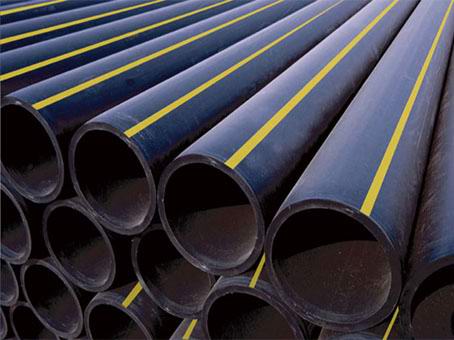Single wall polyethylene gas supply pipe Gas transmission networks
Today, the use of polyethylene gas pipes in natural gas distribution networks is not only a right choice, but also necessary. Polyethylene gas pipes and fittings Polyethylene gas (polyethylene pipes and fittings for gas supply purposes) has reduced the cost and time of gas supply projects in the country.
The use of pressurized polyethylene pipe dates back to the early 1950s. Apart from gas transmission, water, sewage, etc. can also be considered as applications of these polyethylene pipes.
In above-ground environments, metal pipes are used to transport gas, but gas pipes in underground environments because they have to be installed in harsh and corrosive environments and because there is no need for additional and expensive materials to protect Not metal pipes, polyethylene pipes are used.
Gas transmission is one of the first uses of medium density polyethylene, which has been used since the 1960s. Currently, more than 90% of gas pipelines in the United States and Canada are made of plastic, 99% of which is made of polyethylene. Of course, the use of polyethylene pipes for gas transmission is common today around the world.
The characteristics and advantages of polyethylene and the continuous development of gas networks make it necessary to use it for gas transmission projects.
Petro Ab Hayat Kala Company produces its polyethylene gas supply pipes in two types of PE100 and PE80 according to domestic and international standards, approved by the National Iranian Gas Company, using European technology and the highest quality in different diameters and working pressures.
Features of gas-fired polyethylene pipes of Petro Ab Hayat Kala Industrial Group
- Produced from PE80 and PE100 quality raw materials
- Use of special machines and devices for the production of quality polyethylene pipes
- Production in different diameters and working pressures
- Approved by IGS-M-PL-014-1 Standard of National Iranian Gas Company
- High resistance to chemical reactions
- Light weight and flexible
- Easy shipping and connection
- Easy to repair in case of injury
- Very low maintenance cost
- Very little friction
- High resistance to RCP

